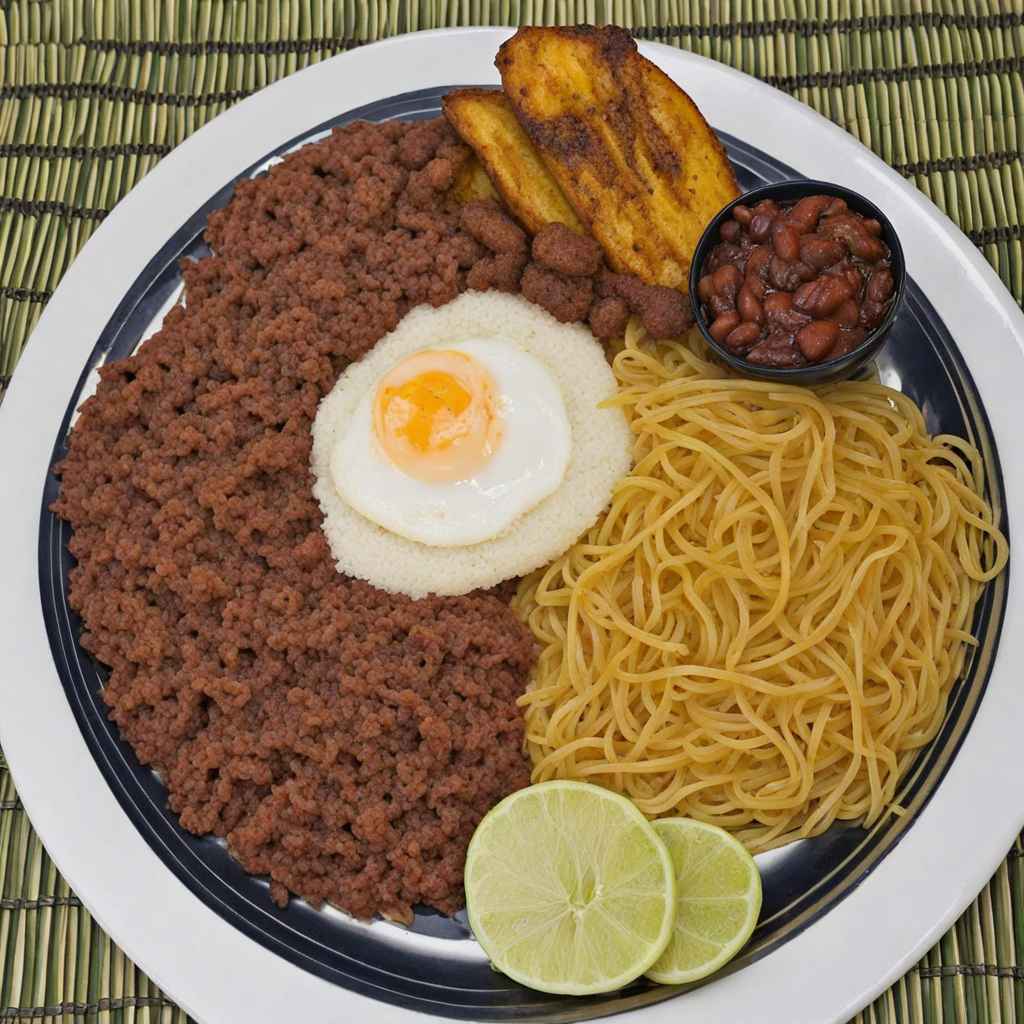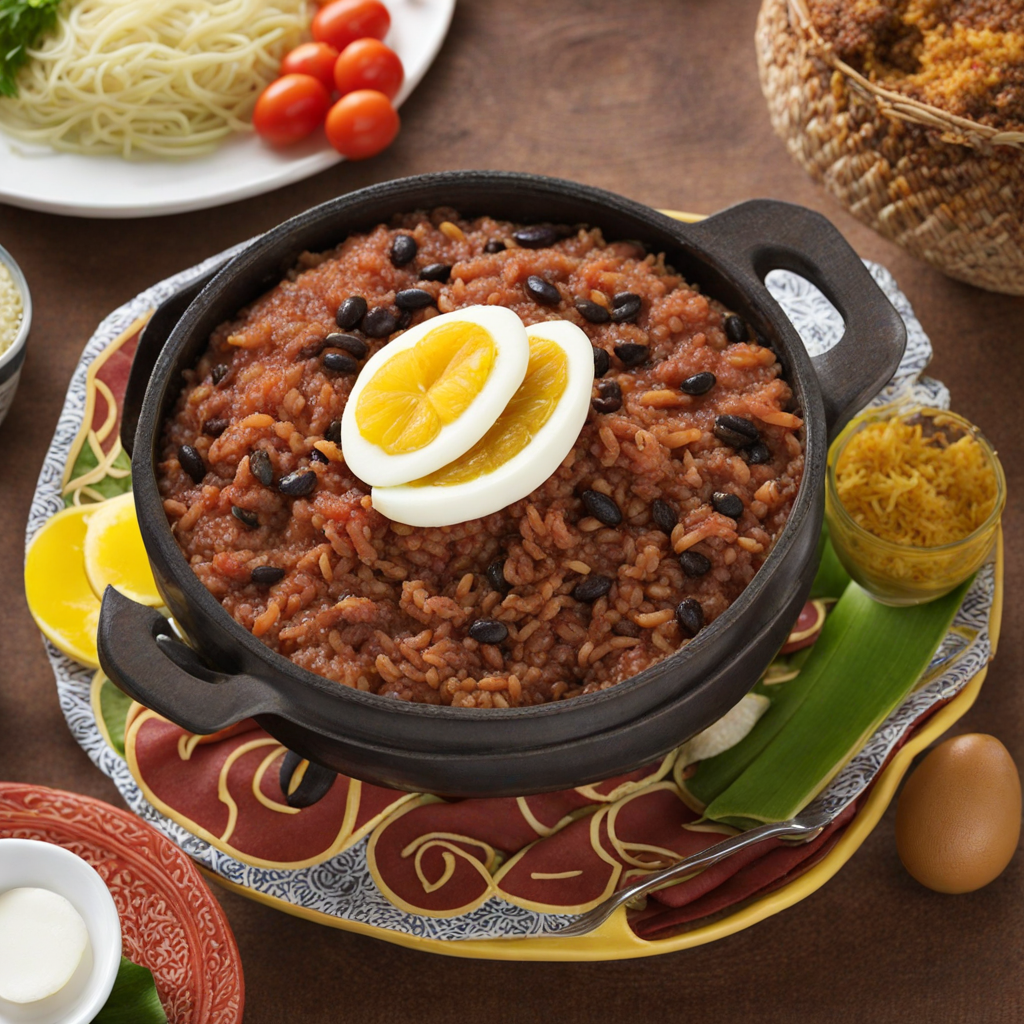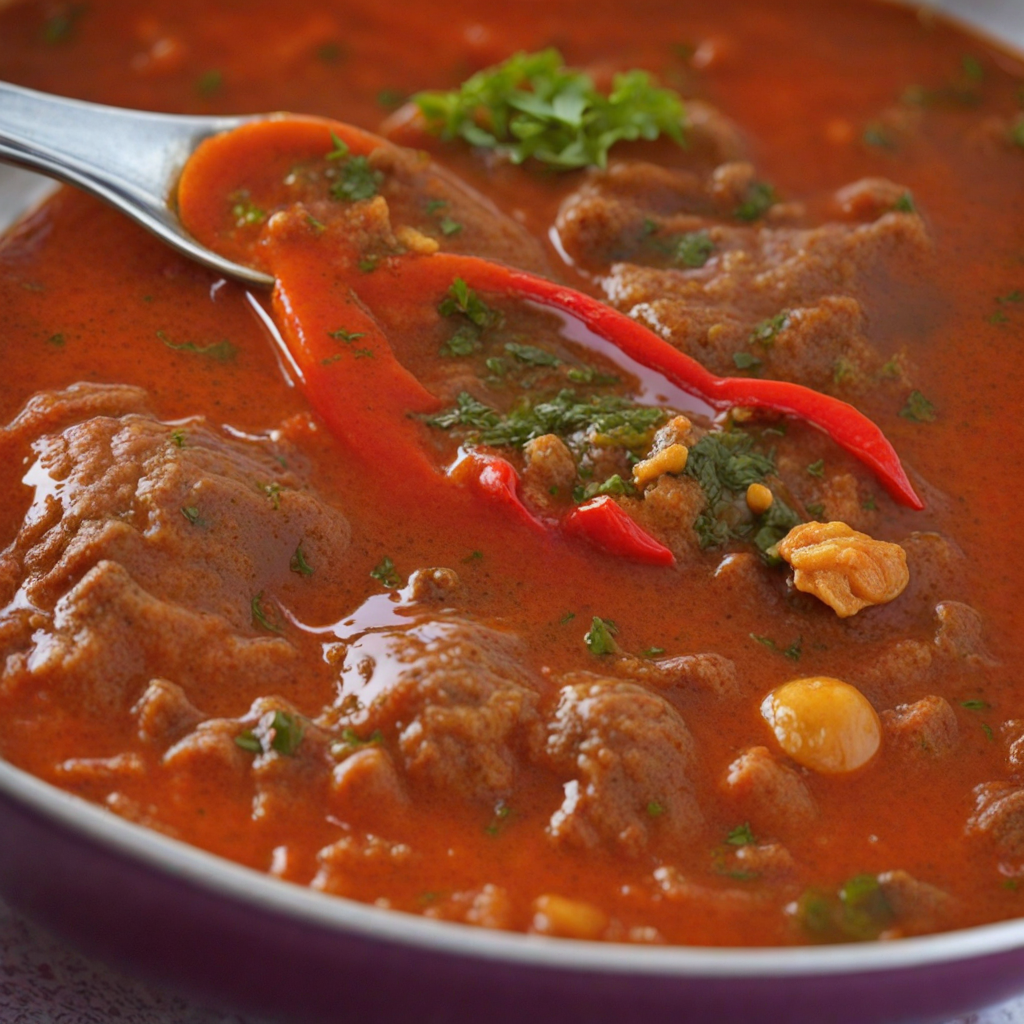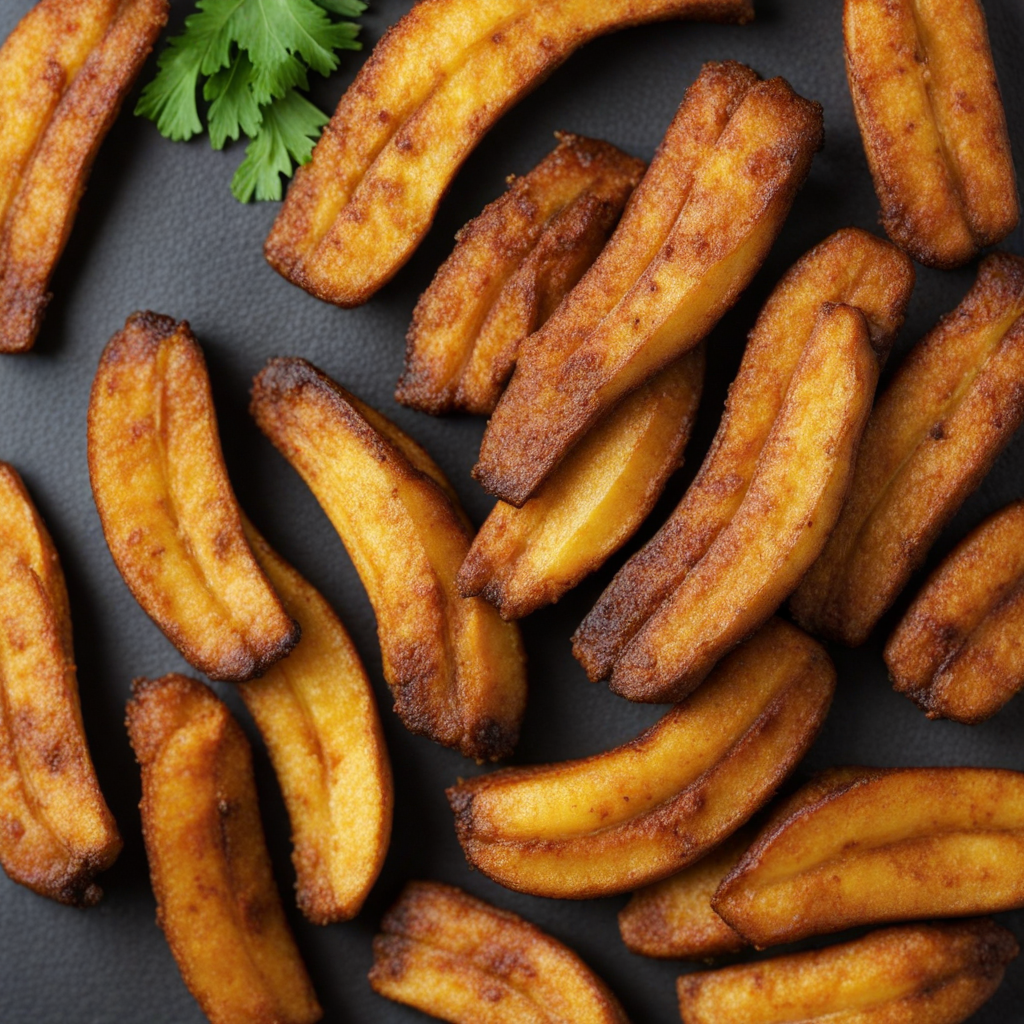Waakye
Waakye is a beloved Ghanaian dish that beautifully encapsulates the country's rich culinary heritage. At its core, Waakye consists of rice and black-eyed peas, cooked together, which gives it a unique flavor and a distinct, earthy color. The rice is typically steamed to a fluffy perfection, absorbing the nutty essence of the beans. Waakye is often served as a base for a variety of accompaniments, making it a versatile meal that can cater to both vegetarian and meat-loving palates alike. One of the most exciting aspects of Waakye is its array of toppings and side dishes that elevate the experience. Common additions include fried plantains, stewed tomatoes, boiled eggs, and spicy pepper sauce. For meat lovers, grilled chicken, beef, or fish can be added, enhancing the dish's depth and heartiness. The combination of flavors—from the sweetness of the plantains to the heat of the pepper sauce—creates a delightful balance that is both satisfying and invigorating. Waakye is not just a meal; it is a cultural experience, often enjoyed at roadside stalls and local eateries throughout Ghana. The dish is traditionally served on a banana leaf, which adds a subtle aroma and a touch of authenticity. Often enjoyed for breakfast or lunch, Waakye has become a staple in Ghanaian cuisine, bringing people together to celebrate communal dining and the vibrant flavors of the region. Each bite tells a story of tradition, community, and the diverse tapestry of ingredients that make Waakye a must-try for anyone looking to explore new culinary landscapes.
How It Became This Dish
Waakye: A Culinary Journey Through Time in Ghana Waakye, a beloved dish from Ghana, is not just a meal; it is a cultural emblem that encapsulates the rich tapestry of Ghanaian heritage, tradition, and community. This dish, consisting of rice and beans, is often accompanied by a variety of sides such as fried plantains, boiled eggs, spaghetti, and stews. To fully appreciate waakye, one must delve into its origins, cultural significance, and how it has evolved over time. Origins of Waakye The roots of waakye can be traced back to the northern regions of Ghana, where the indigenous communities first cultivated the crops that form the essence of this dish—rice and black-eyed peas (or other beans). The name “waakye” is derived from the Hausa word “wanke,” which means “to cook.” It reflects the influence of the Hausa people, a significant ethnic group in West Africa known for their trade and cultural exchanges across the region. Historically, the Hausa traders made their way down south to trade goods, including foodstuffs, and it is likely that they introduced rice cultivation to the southern regions of Ghana. The traditional preparation of waakye involves cooking rice and beans together, often with the addition of dried leaves from the sorghum plant, which give the dish its distinctive color and a subtle earthy flavor. This method is not only practical but also reflects the resourcefulness of Ghanaian cooks, who utilize local ingredients to create nourishing meals. The combination of rice and beans is not merely a staple; it is a complete protein source, making it particularly important in regions where meat may be scarce or expensive. Cultural Significance Waakye is more than just food; it is a communal experience that brings people together. In Ghana, waakye is traditionally enjoyed as a breakfast dish, often served from roadside stalls or food vendors. The vibrant scenes at these stalls, where vendors prepare waakye in large pots over open flames, are quintessential to Ghanaian urban life. The act of sharing a meal of waakye symbolizes community and togetherness. Families gather around the table to enjoy this dish, while friends often meet at waakye stalls to catch up over plates piled high with rice, beans, and an array of sides. The dish also has significant cultural roots tied to various celebrations and rites of passage. It is often served at weddings, funerals, and other communal gatherings, symbolizing hospitality and generosity. In many Ghanaian societies, the preparation and sharing of waakye during these events promote social cohesion and reinforce cultural bonds. Evolution Over Time Over the years, waakye has evolved, adapting to changing tastes and lifestyles while maintaining its core essence. In the past, waakye was primarily a street food consumed by the working class, but today it has transcended socioeconomic boundaries. It is now enjoyed by people from all walks of life, from the bustling streets of Accra to high-end restaurants. In urban areas, the preparation of waakye has become more diverse, with vendors and chefs creatively incorporating various ingredients and flavors. For example, some may add chicken, fish, or spicy stews, while others may offer vegetarian or vegan options to cater to the growing demand for plant-based diets. This adaptability has allowed waakye to remain relevant and appealing to a broad audience. The advent of social media has also played a crucial role in the popularization of waakye. Food bloggers and influencers showcase the dish on platforms like Instagram, elevating its status beyond a simple street food to a celebrated culinary delight. Pictures of colorful waakye platters adorned with various toppings flood social media feeds, enticing food lovers both locally and abroad. This visibility has fostered a renewed interest in traditional Ghanaian cuisine, encouraging younger generations to appreciate their culinary heritage. Waakye in the Diaspora As Ghanaians have migrated across the globe, waakye has traveled with them, adapting to new environments and ingredients. In places like the United States, Canada, and the United Kingdom, Ghanaian communities have opened restaurants and food stalls that serve waakye, introducing the dish to a wider audience. These establishments often maintain traditional recipes while also experimenting with fusion elements that blend Ghanaian flavors with local cuisines. The global interest in African cuisine has led to waakye being featured in various culinary festivals and events, allowing it to gain recognition on international platforms. Chefs and food enthusiasts are increasingly exploring the rich flavors of West African food, and waakye stands out as a quintessential representation of this culinary heritage. Conclusion Waakye is not merely a dish; it is a narrative of Ghana's history, a symbol of cultural pride, and a testament to the resilience and adaptability of its people. From its humble beginnings in the northern regions of Ghana to its rise as a cherished staple enjoyed by many, waakye embodies the spirit of togetherness and the celebration of community. As waakye continues to evolve and adapt to modern tastes while remaining firmly rooted in its traditions, it serves as a reminder of the importance of food in shaping our identities and fostering connections. Whether enjoyed at a bustling roadside stall or a high-end restaurant, waakye remains a culinary treasure that tells the story of Ghanaian culture, inviting all who partake to share in its rich heritage.
You may like
Discover local flavors from Ghana







